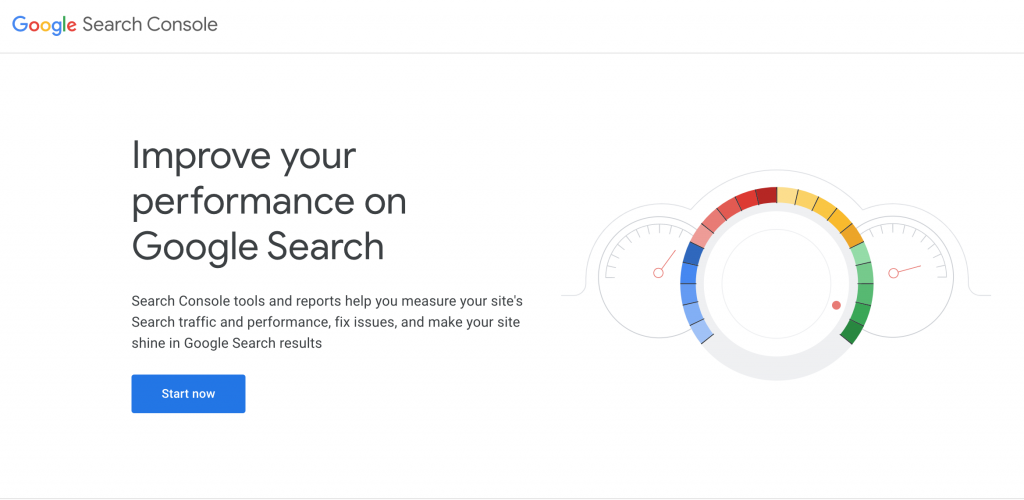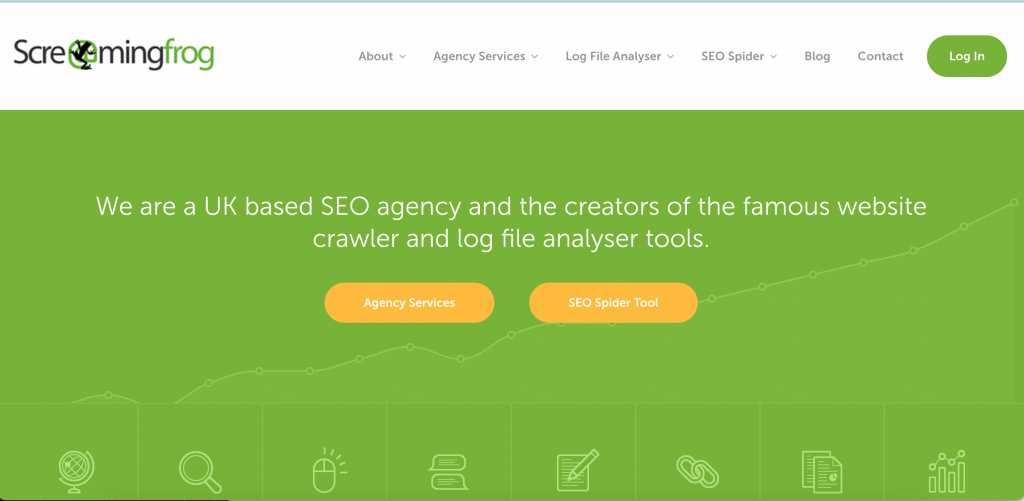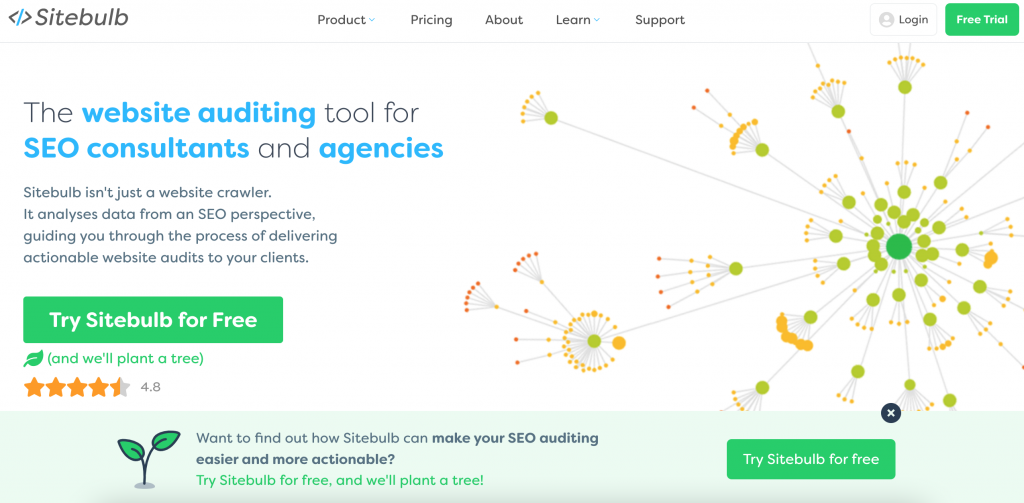Schema markup (or structured data) is a search engine’s love language. An audit keeps the flame burning bright.
Here you’ll learn:
- Why schema markup audits are important
- What tools you’ll need
- Elements of a thorough audit
- How often to conduct a structured data audit
Communication is the key to every healthy relationship; even between a search engine and your website.
And schema markup does just that.
Also called structured data, schema markup is a special language shared between websites and search engines. Conducting a schema markup audit helps identify how your website could communicate more clearly — and maximize all your search engine optimization (SEO) efforts.
What is “schema markup”?
Schema markup is a type of coding language (specifically RDFa, Microdata, or JSON-LD) with only one thing in mind: Content categorization.
This is why I like to think of schema markup as little labels.
These “labels” (i.e. code or schema.org vocabulary) are pasted to the backend of certain web pages. These labels help search engines better understand what kind of content they’re about to crawl — think “recipe page,” “FAQs,” “blog or article,” and “local business information.”
That way, crawlers like Google, Bing, Yandex, and Yahoo can more easily understand the content and recognize how it should be displayed on the search engine results page (SERP).

While a standard search result shows the title tag, meta description, and URL, schema markup can help you get rich results (or featured snippets), those attractive results with extra visuals, interactive features, and flair.
Schema markup can also help when it comes to:
- Your web pages communicating to search engines
- Ranking higher in the SERP
- Taking up more real estate on SERPs with rich snippets
- Having more control over your brand appearance
- Optimizing for voice assistants, which are gaining popularity fast
- Improving your content structure and strategy
- Appearing on Google’s Knowledge Graph
What schema markup is not
Structured data is not a requirement. (Nope, you won’t be penalized by Google for not using it.)
Nor is it a SEO “hack.” It is, however, a missed opportunity for more visibility if you don’t implement it.
See, structured data helps your SEO the same way quality content assists your SEO. You can’t “work the system,” only use it to your advantage.
There’s a long list of structured data types you can use for markup (check ‘em out on schema.org). Identifying what schema types make sense for your website is one the primary goals of a structured data audit.
Can schema markup hurt SEO?
While the benefits of schema markup for SEO is hardly a secret (as discussed above), it’s only fair to give the full picture here:
There could (maybe?) be some potential drawbacks to using schema markup when it comes to technical SEO. There is a slight chance that the more snippets you have, the lower your click-through rate (CTR).
Why? Because, in theory, all the information a user needs is (often) featured in that single snippet on the SERP.
But that also means enhanced snippets are more likely to increase your brand awareness. And while Google refuses to call it a ranking factor, digital marketers agree it’s integral to optimizing your SEO efforts.
Which is why conducting regular markup audits ensure the integrity and effectiveness of structured data by validating the quality of your code and making sure it’s live on all relevant pages.
What is a schema markup audit?

This is the process of scanning through every page on the backend of your website to find:
- What structured data is already on the site
- If there are any errors or issues that exist with the data found
- What opportunities exist (i.e. structured data that might be missing)
And, of course, no audit is complete without a plan for implementation. The goal of an audit is to make sure you have the best schema types available for your website.
What you’ll need for your schema audit
An audit generally requires two software applications:
- Google Search Console
- A paid tool like SiteBulb, Screaming Frog, or SEMRush
Auditing your schema markup with Google Search Console

Google Search Console (GSC) doesn’t report on all schema types, but it does show you any errors that might exist.
Here’s how:
Log in to your Google Search Console and choose “Enhancements” from the left sidebar.
You’ll see a list of errors and warnings. From there, you’ll be pointed to pages that are currently affected by the issues. Invalid errors appear in red text.
For more information about structured data on your pages, you can use Google’s URL Inspection Tool and Structured Data Testing Tool. This part of the audit process is free.
Auditing your schema markup with a paid tool

While Screaming Frog isn’t free, this crawling tool has lots of benefits — including a comprehensive schema markup audit.
This tool will provide all the data you need for schema markup analysis, including missing structured data, validation errors, validation warnings, and parse errors as well as Microdata, JSON-LD, and RDFa URLs.
Whew.
If you decide to invest in Screaming Frog, you can audit your schema markup by taking these easy steps:
- Click Configuration > Spider
- Choose the “extraction” tab
- Scroll down to “structured data”
- Check all the boxes
Then, run the crawling feature.
Semrush is another tool we recommend that has a site audit tool that will help you discover errors within your site.
Auditing your schema markup with SiteBulb

Another paid tool (with a free trial) that can help with a schema markup audit is SiteBulb. It can provide valuable information about your structured data and offer insights into dealing with existing problems.
In the “Audit Data” section, select the “structured data” slider. When the tool finishes crawling your website, choose “structured data” under “all hints.”
If the tool finds structured data that doesn’t comply with Schema.org, it will return validation errors. Along with the error message, you will get error details, links to relevant resources, and advice to help you deal with the problem.
Lastly, check for errors through these testing tools on a per page basis.
Gap analysis and competitor analysis
Using these auditing tools, you’ll get a good idea of any errors that exist on your site. But there are some manual steps you should take as well.
Check out schema.org’s list of available schema types. While you read through the list, think back to your own site. Do any of the schema types listed resonate with your content? Are you missing opportunities to add schema markup?
Or maybe you’re missing content altogether that should be added to your site (with a little schema markup love added once it’s live).
Think of this part of your schema audit as a content creation opportunity.
While you’re at it, check out what your competitors rank for in snippets and make it a priority to beat ‘em.
Here’s an easy place to start:
- E-commerce can generally implement product and review schema
- Lead generation can generally implement review schema
- Both should implement a business-type schema
- If FAQs or how-tos exist, mark those up as well
After you use your auditing tool to assess your current structured data markup, you can get to the implementation process.
After the audit: Schema implementation
Depending on your content management system (CMS), there are plugins you can use to implement your schema markup easily and quickly, even if you don’t have webmasters to help you — but you can also write scripts manually and implement via HTML.
No matter how you implement them, be sure to check them with your testing tools.
Depending on the types of schema you implement, it should pop up inside GSC once crawled by Google.
Remember, GSC doesn’t tell you if you are ranking for a snippet — just that the markup was found and processed. You’ll need to monitor with tools like Semrush for actual results.
How often to conduct a schema markup audit
A schema markup audit should be part of your regular SEO audit.
Depending on the type of website you have, you need to consider running these audits at least twice a year. That said, e-commerce websites may need to do it more often (about every three months).
Here are a few reasons to arrange an audit ahead of schedule:
1. Poor SEO results
If your SEO efforts aren’t yielding the desired results, you may want to run a schema markup before it’s scheduled.
2. Google algorithm update
It’s also a good idea to run an audit after a core Google algorithm update. While Google doesn’t confirm that schema markup is a direct ranking factor, it could change its mind at any time.
3. Rich snippets
Keep in mind that schema markup improves the appearance of rich snippets. If you aren’t happy with what they look like on the SERPs, you may need to review the structured data.
The takeaway
Schema markup audits are necessary to ensure the success of your SEO efforts and push it to the limit. They can help you identify errors that prevent search engines from indexing your website correctly.
Even if you’re satisfied with your marketing results, you still need to audit structured data at least once a year.
Both free and paid tools exist to help simplify schema markup audits. But if conducting your own audit feels daunting, we can help — just reach out.

